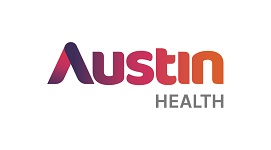Please use this identifier to cite or link to this item:
https://ahro.austin.org.au/austinjspui/handle/1/10976| Title: | Where will the next generation of stroke treatments come from? | Austin Authors: | Howells, David William;Donnan, Geoffrey A | Affiliation: | National Stroke Research Institute, Florey Neuroscience Institutes, University of Melbourne, Austin Health, Victoria, Australia | Issue Date: | 2-Mar-2010 | Publication information: | PLoS Medicine 2010; 7(3): e1000224 | Abstract: | Remarkable progress has occurred over the last two decades in stroke interventions. Many have been developed on the basis of their efficacy in other disorders. This "inheritance" approach should continue, but two areas where completely novel therapeutic targets might emerge are the stimulation of neuroplasticity and unraveling the genetic code of stroke heterogeneity (Table 2). For the former, the next steps are to identify small-molecule, nontoxic compounds that most effectively enhance plasticity in animal models, and then subject them to clinical trial in humans. For the latter, more and larger-scale cooperative GWASs in carefully phenotyped stroke populations are required to better understand the polygenic nature of cerebrovascular disease. Then, the physiological relevance of genetic abnormalities can be determined in in vitro and in vivo systems before candidate compounds are developed. | Gov't Doc #: | 20208999 | URI: | https://ahro.austin.org.au/austinjspui/handle/1/10976 | DOI: | 10.1371/journal.pmed.1000224 | Journal: | PLoS Medicine | URL: | https://pubmed.ncbi.nlm.nih.gov/20208999 | Type: | Journal Article | Subjects: | Humans Stroke.prevention & control.therapy |
| Appears in Collections: | Journal articles |
Show full item record
Items in AHRO are protected by copyright, with all rights reserved, unless otherwise indicated.
